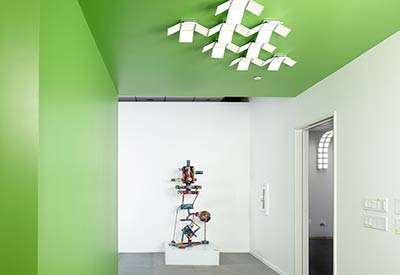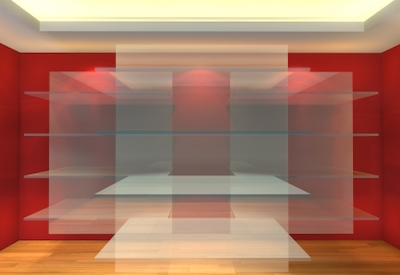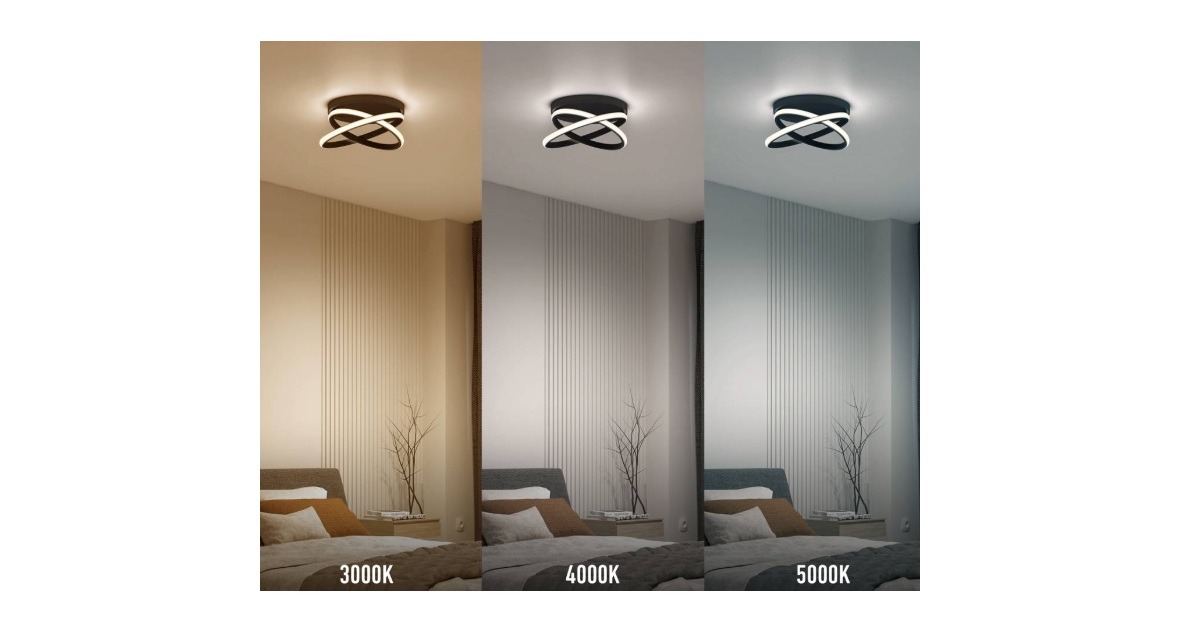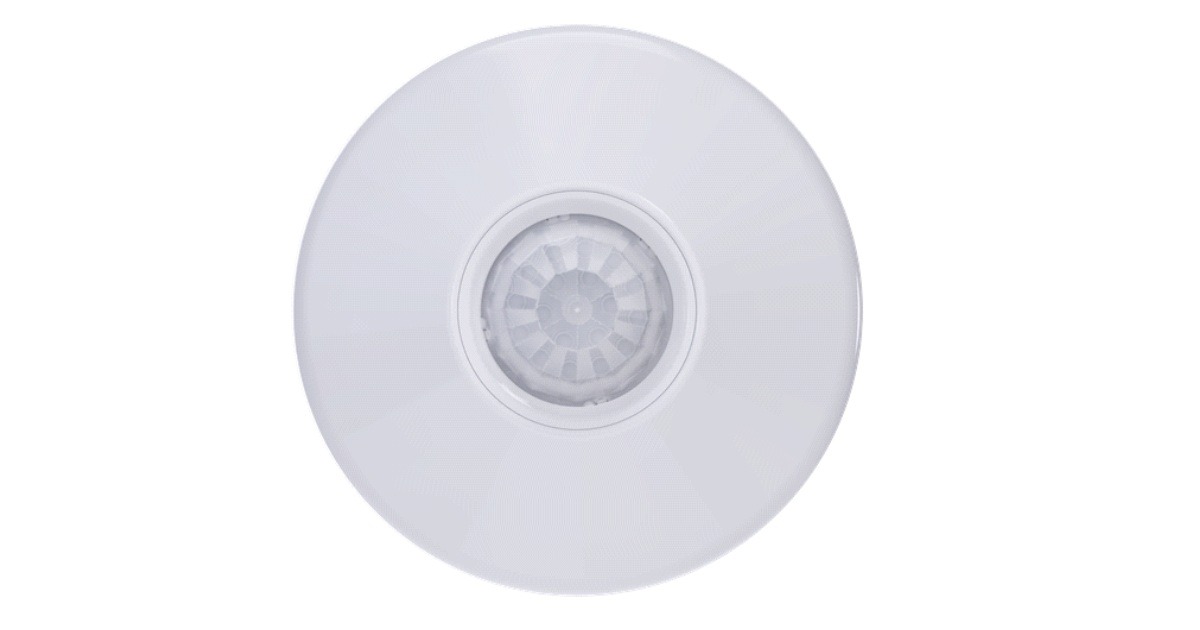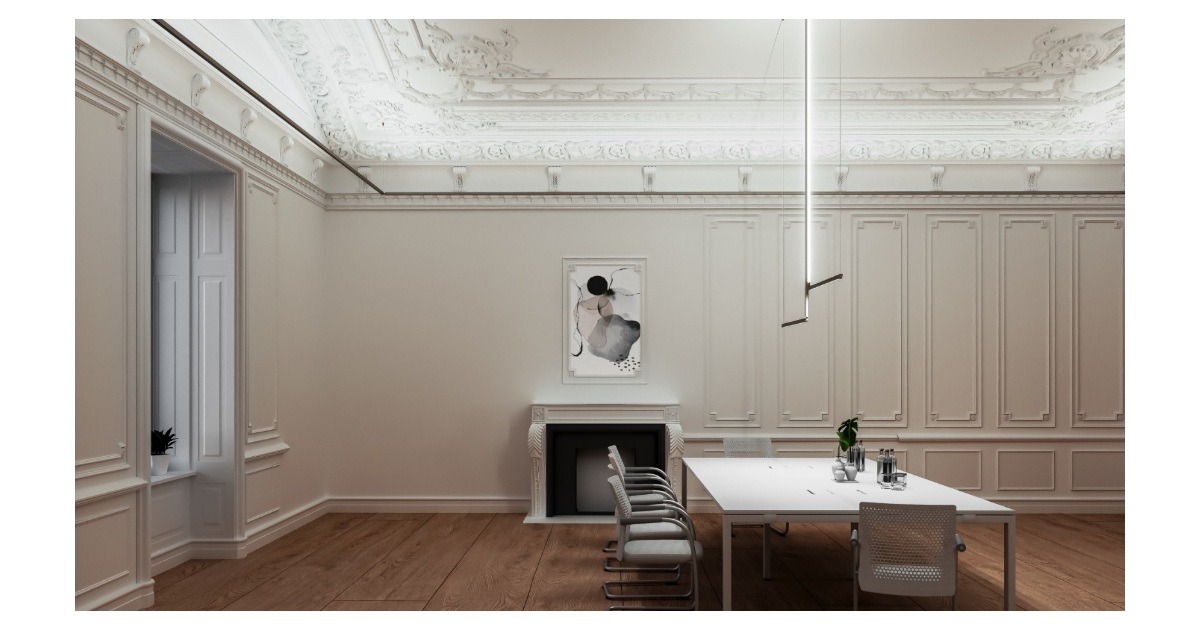Flicker Explained
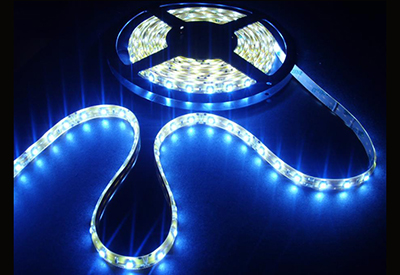
May 07 2016
Austin Gelder / Lighting Business Advisor
With the wide acceptance of LEDs for use in general lighting, light flicker has become a concern in some situations. As LEDs have a fast response time to a change in electrical conditions, they have more potential to pass on flicker from the incoming power line and the LED driver. This is agreed upon by most, but how much flicker is too much, how flicker impacts users of the light, and where it becomes critical are areas of disagreement?
What is Flicker?
Flicker is a term most commonly used to describe the variations in the intensity of a light over a period of time. This is most often referred to when referring to the regular pattern in the variation of light intensity from electrical cycle to electrical cycle, but it can also be caused by irregular variations between power cycles, which can be a result of system instability.
Flicker can be more or less apparent depending on several factors, primarily the relevant amount of variation in the light per cycle, the proportions of the lighting waveform, and the frequency (or frequencies) at which the light variation occurs. To describe the variation within a cycle, there are two primary measures: percent flicker and flicker index.
Percent flicker is the measure of the maximum light vs. the minimum light in a cycle, meaning a product that had no light output at any point in cycle would have 100% flicker, and a product that had no light variation would have 0% flicker. This only accounts for the minimum and maximum light outputs, and it does not differentiate between waveforms. This is the simplest form of flicker to determine, calculated as:
Percent Flicker = 100% × (Maximum-Minimum) (Maximum+Minimum)
Flicker index is another common metric for describing the behaviour in the amount of light that a product produces over a given cycle. Flicker index requires a greater amount of calculation, as there is consideration to the shape of the waveform. Flicker index considers the area of the waveform above the average light output and the area below the average light output. This is calculated as:
Flicker Index = (Area Above Average Light Output) (Area Below Average Light Output)
As a reference point, incandescent lamps can have a percent flicker from the low single percentages up to the low teen percentages2, and these products are generally considered to have no visible flicker.
The difference in perceptibility in these two metrics is one that is still being debated, but it is generally acknowledged that the perceptibility of both is dependent on the frequency at which the product operates.
To complicate the definition of what we perceive and describe as flicker, the detectability can be increased because of motion. The combined perception of flicker and motion has been described as a temporal lighting artifact. This motion can be the regular motion of our eye (a saccade), the motion of an object, or both. An example of this is LED car taillights. These appear to be very consistent when viewed at a stop, but during motion at night, there can appear to be multiple points of light per LED due to motion of the car and motion of the eye.
One study suggests that object motion and eye movements can roughly double the frequency at which flicker can be detected. Thus, even at moderately low frequencies such as 120Hz, flicker is largely invisible to direct perception for most people, but there are individuals who are more sensitive, and this frequency is typically more visible with indirect or peripheral vision.
What causes Flicker?
Regardless of the cause, all light sources have some degree of flicker. There are multiple causes of flicker, but they can all be traced back to the incoming power to the light source. Even incandescent lamps have some flicker due to the incoming line voltage.
Most sources will be powered by mains voltage with a sinusoidal 50Hz or 60Hz frequency, which is effectively doubled when light output is measured in all but the most rudimentary systems. Most efficient technologies, such as fluorescent and LED, cannot operate directly off mains voltage and require a ballast or driver to create the appropriate electrical conditions to operate, and they also add additional modifications to the frequency that reaches the light sources. The 100Hz or 120Hz base frequency is frequently passed along to some degree in ballasted or driven products, such as fluorescent or LED. A magnetically ballasted fluorescent or “AC type” LED4 typically keeps the doubled frequency for light output, and it will usually hit zero light output at some point in the cycle.
Electric light sources have different reaction times to changes in power conditions and will react differently to these variations. Some properties slow reaction time, such as the heating and cooling of an incandescent lamp’s filament or the persistence of some fluorescent phosphors, and they effectively smooth flicker to varying degrees. Most energy efficient technologies, such as modern triphosphor fluorescent lamps and phosphor converted white LEDs have very fast response times, which can transmit flicker from the power supply to visible light more readily.
Flicker issues were largely eliminated from fluorescent lighting with the shift to electronic ballasts that operated at 40kHz or more (which increased the efficiency of the fluorescent), but the issue of flicker has returned with LEDs. There is a balance between size, cost and lifetime when designing drivers, and many LED drivers operate at lower frequencies or contain lower frequency components to the light wave that can cause perceptible flicker.
In addition to the device-level flicker, lighting system design can have an influence on the amount and type of flicker that is experienced. Methods of dimming can introduce additional flicker into the light output. Phase-cut type dimmers alter the incoming power to the lamp, driver or ballast, which will often alter the light frequency components coming out of the product. Some drivers and ballasts do a very good job of smoothing this, while others transfer more of the cut wave to the light output. A common method of dimming in LED drivers is pulse-width modulation, or rapidly changing the LED light output to make the light appear dimmer, but also introducing additional moderate frequency components (typically 400-800Hz).
What problems can flicker cause?
Flicker has the potential to cause physiological issues, which are largely dependent on the frequency.
According to IEEE 1789, patients with photosensitive epilepsy exhibit a response to flicker, but at lower frequencies than are typically encountered in lighting (from about 3Hz to 65Hz). This is in the range that would typically be visible to the human eye and would likely cause discomfort in non-photosensitive individuals.
Invisible flicker, those having moderately low frequencies of 100-200Hz, can be resolved by the eye and appear as a steady light source, but can cause headache and eyestrain in individuals sensitive to the flicker, or can cause reduced visual performance5. Frequency alone does not determine effect, and field of view and task at hand both play a role in how much flicker will impact a viewer.
While these potential problems exist, it is important to consider the situation and the amount of exposure. Flicker occurs naturally in many forms, such as reflections from water, candles and fires, and sunlight filtering through tree canopies.
Effect of eye movement on perception of flicker
4 LEDs do not operate directly on AC, but these products typically have a driver with fewer components than traditional LED drivers.
High flicker light sources have also been used in many situations without significant effect, such as outdoor street and area lighting.
Are there standards or test methods for flicker?
IEEE 1789 — IEEE Recommended Practices for Modulating Current in High-Brightness LEDs for Mitigating Health Risks to Viewers is a document that attempts to describe the challenge of flicker, some potential health impacts, and recommendations for minimizing any risk of adverse effects. The document is not a standard, and the recommendations in the document are very conservative, to the point some incandescent lamps would not meet the requirements, but the recommendations can be useful in situations where minimal flicker is a requirement.
Energy Star — EPA’s Energy Star program introduced a frequency requirement many years ago with CFLs, but only recently, with Lamps V1.0, did they introduce any specific requirements for flicker. The recommended practice for flicker requires flicker index and percent flicker and requires testing with five different dimmers. There is not a specific requirement yet, but with the program gathering information, it is likely to introduce a flicker requirement in a future specification revision.
California Title 20 and Title 24 — Shortly after Energy Star released their recommended practices for measurement of flicker, California introduced their Joint Appendix 10 test method for flicker. This requirement is significant, as these are building and appliance standards, which are required by the state of California.
California’s requirements include the test method “Joint Appendix 10” or JA10, which requires measuring the light output of a source or luminaire and dimmer for 2 seconds and then running the data through several complex calculations to evaluate flicker at multiple frequencies up to 400Hz. Title 24 requires high efficacy sources to be “low flicker operation,” which means the LED product will have less than 30% flicker at frequencies below 200Hz. This goes into effect in January 2017. Title 20 will cover LED lamps and also requires “low flicker operation,” requiring that the lamps be paired with controls and tested.
Does UL have a service solution?
As a result of numerous inquiries and requests, UL has recently introduced a voluntary verification program that allows manufacturers to test their products and have a neutral, 3rd party verified claim of flicker performance. The UL verified mark will address low optical flicker (per IEEE 1789) and will include a packaging mark of “Low Optical Flicker Less Than x%”; it is currently being launched in the European market. While the European market is the primary target for the program, the testing is designed so it will also meet the testing requirements for Energy Star and California.
Where is low flicker critical, and where isn’t it?
Different situations require a different focus on flicker, largely based on location, historical experience, likely exposure time, and what sort of activities are taking place.
In an outdoor environment, such as street or area lighting, there is little documentation of flicker complaints, and having light sources with higher flicker in such situations may not have a negative impact. If the outdoor environment hosts evening sporting events, however, a low flicker light source should be considered to avoid stroboscopic effects on the field.
If the environment is indoors, consider what sorts of tasks are taking place. In an office or educational environment where individuals will be exposed for a length of time, and perhaps performing complex reading tasks, low flicker may have the benefit of reduced eye fatigue and may not negatively affect those who suffer migraines.
If the environment is industrial, the situation again warrants consideration. A warehouse where objects in motion are limited and the visual tasks are not as great may not need low flicker. A production facility with many moving pieces of machinery could be risky if the machinery and lighting modulation coincide to mask or alter the appearance of movement or if detailed assembly work is taking place.
If there are dimming controls of any kind, from a wall box dimmer to an automated daylight harvesting system, there is the potential for system mismatch and additional flicker introduction. A phase-cut wall box dimmer has the most potential for additional flicker, although other methods can introduce some flicker as well.
While the application-specific impacts of flicker have not been well studied, having knowledge of light source or luminaire flicker characteristics and using good practices to when considering the tasks of a space and selection of lighting may help avoid discomfort. This is particularly important for LED installations, which have the potential to operate for many years.
Austin Gelder is a Lighting Performance Technical Adviser at UL.

